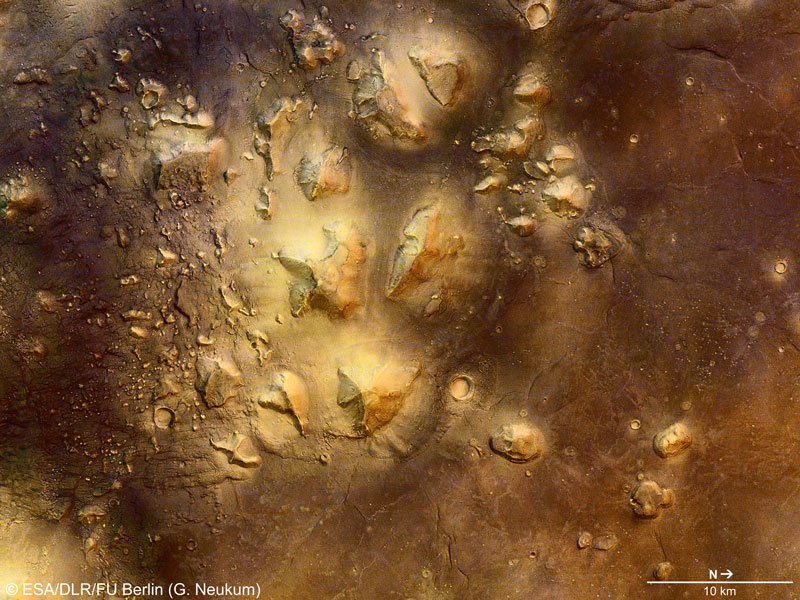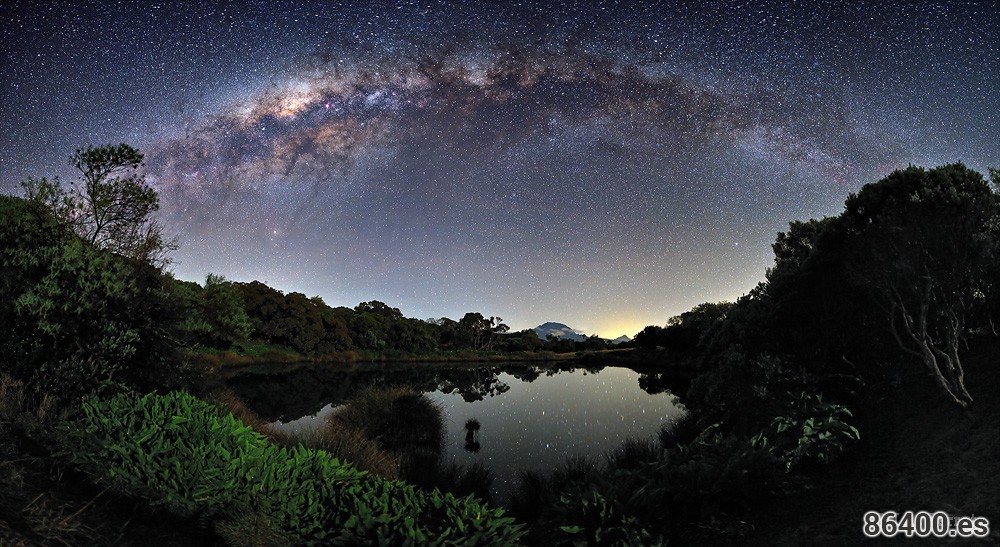[su_wiloke_sc_company_website]

Pulsa para verla más grande
Las extrañas mesetas de la región de Cydonia en Marte tienen una apariencia bastante sorprendente. La semana pasada, el proyecto Mars Express publicó una nueva imagen detallada de una parte de Cydonia.
Esta nueva instantánea , tomada por la nave Mars Express desde la órbita de Marte , muestra un área de unos 90 kilómetros de anchura.
Abajo a la derecha en esta imagen pueden verse dos mesetas, y la de arriba es bastante pintoresca. Esta planicie, cuando el Sol la ilumina desde el ángulo adecuado, se parece a un rostro humano, y las imágenes de la sonda Viking la hicieron famosa en 1976 como la cara de Marte.
Algunas imágenes mejores demuestran que no es más que una meseta interesante. Se cree que estos accidentes geográficos de aspecto complejo de la región de Cydonia son el resultado de desprendimientos de tierra y erosión en la vetusta corteza marciana.
[tags]Cydonia, Marte[/tags]


NOS INVADENNN!!!!
5 de octubre de 2006